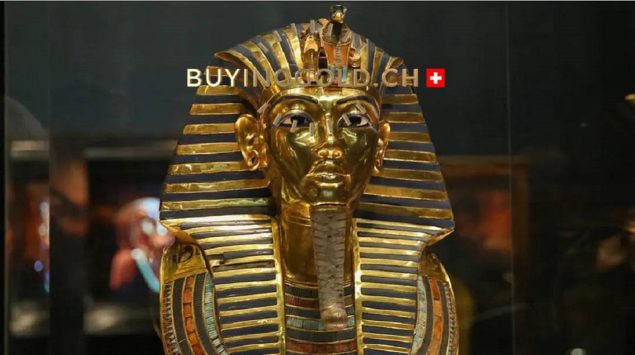
Since 2016, the European Central Bank distinguishes between allocated gold and unallocated gold in the reserves of the various Member States’ central banks. But what is the difference between allocated precious metal and unallocated gold? It is all a matter of ownership. Allocated gold is tangible. We are talking about ingots and coins that are stored in chests and are managed by a trader, often a bank. The products can not be loaned or sold to a third party without the owner’s consent. In fact, the holder of an allocated account fully and completely owns the precious metal present on his account. Unlike the holder of an unallocated account who only has a generic right on a quantity of precious metal. He therefore is dependent on the trader’s gold stock who manages his account.
Gold reserves declared as unallocated are scarce in European central banks as they represent a mere 1 to 2% of all reserves, but they are the main sources of private investment in private banks. While investors are charged a bit more for allocated gold, given that storage fees are to be taken into account, the rates for storing the precious metal are, however, low as gold is compact – about 0.1% per year of your stock’s total price, to which you sometimes have to add insurance costs. This type of operation, however, protects the buyer from any financial failure of the trader. As for unallocated gold, it is a liability that is recorded in the balance sheet of banking institutions. While it allows you to save on storage fees, there are risks: in the event of bankruptcy, the credit of gold is not secure. Nevertheless, the unallocated gold account remains the most common means of holding some precious metal.
ATCBG/FGE/ATC













